Over a series of episodes, we have followed how the Renaissance Humanists introduced materia medica into the university curriculum developing it from a theoretical subject to a practical empirical field of research and then over time, how the modern scientific study of botany developed out of it. We have also seen how some of the same energy was invested in laying down the beginnings of the modern scientific study of zoology. The beginnings of this evolution at the end of the fifteenth century coincided with the beginnings of the so-called Age of Discovery or Age of Exploration, which as I stated in the first episode on navigation I prefer to refer to as the Contact Period, when Europeans first came into contact with lands and peoples unknown to them, such as the Americas or sub-Saharan Africa, and at the same time vastly increased their knowledge of countries such as India; they also became acquainted with a vast number of new medicinal herbs and other plants as well as animals, which played an increasing role in their studies in these areas.
Exotica out of the plant and animal kingdoms were not unknown to the European scholars, after all Alexander the Great had conquered Persia and Northern India and the Romans Northern Africa. They brought knowledge of these lands and their flora and fauna back into Europe and even imported many of those plants and animals. Famously, Hannibal crossed the Alps with his elephants and the Romans fed Christians to the lions in the Circus Maximus. Some of these exotica were also recorded in the works of Aristotle, Theophrastus, Dioscorides, and Pliny. Later in the Middle Ages the Islamic forces created an Empire that stretched from China to Spain and the Islamic scholars also recorded much of the flora and fauna of this vast Empire. A lot of that material came into Europe during the twelfth century Scientific Renaissance when large quantities of Arabic material was translated into Latin.
However, this knowledge of natural historical exotica was purely second hand and the European recipients in the Middle Ages and Renaissance had no way of knowing how accurate it was or even if it was true. They had no first-hand empirical verification. Were the accounts of real plants and animals or mythical ones. Just looking at the proto-zoological works of both Conrad Gesner and Ulisse Aldrovandi illustrates this problem. Both of them include many animals that we now know never existed, myths and legends from other times and other cultures. They had no way of differentiating between the real and the mythical, although they both put hesitant question marks behind some of the mythical beasts that they served up for their readers.
The vastly increased voyages of trade and exploration, although one could simply write trade as almost all exploratory voyages where motivated by the hope of trade, during the contact period gave the Renaissance scholars the chance to go and search out and describe the exotica with their own eyes. When talking about Renaissance zoology we saw that the French naturalist Pierre Belon (1517–1564) travelled as a diplomate in Greece, Crete, Asia Minor, Egypt, Arabia, and Palestine between 1546 and 1549 and observed and wrote about natural history there. Under the botanists Carolus Clusius (1526–1609) translated Garcia de Orta’s important materia medica text Colóquios dos simples e drogas he cousas medicinais da Índia, into Latin from the original Portuguese and published it in Europe in 1567. He also acquired information about the flora of the Americas by questioning seafarers returning to the Iberian Peninsula from there. Clusius’ interest in the materia medica and natural history of the newly discovered Americas didn’t end with just collecting information from returnees, he also translated and published in Latin. the work of Nicolás Monardes (1493–1588)
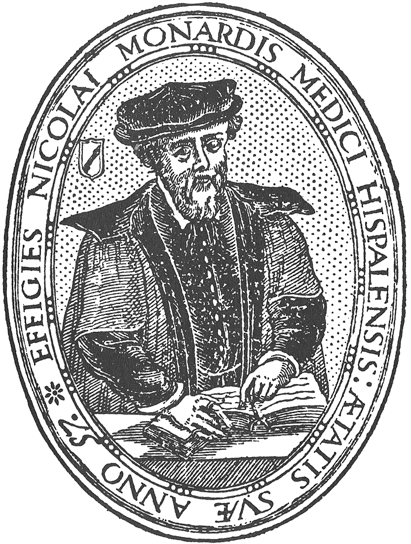
Monardes was born in Seville the son of Nicolosi di Monardis, an Italian bookseller, and Ana de Alfaro, the daughter of a physician. He graduated BA in 1530 and obtaining a first degree in medicine in 1533, began to practice medicine in Seville. He obtained a doctorate in medicine from the University of Alcalá de Henares in 1547. He wrote extensively on the materia medica of the Americas. In 1565, he published his Historia medicinal de las cosas que se traen de nuestras Indias Occidentales in Seville, which was based on the reports of a wide range of people returning from the Americas. In 1569, he published an extended version, his Dos libros, el uno que trata de todas las cosas que se traen de nuestras Indias Occidentales, que sirven al uso de la medicina, y el otro que trata de la piedra bezaar, y de la yerva escuerçonera. A second volume expanding on the material in the first two books, Segunda parte del libro des las cosas que se traen de nuestras Indias Occidentales, que sirven al uso de la medicina; do se trata del tabaco, y de la sassafras, y del carlo sancto, y de otras muchas yervas y plantas, simientes, y licores que agora nuevamente han venido de aqulellas partes, de grandes virtudes y maravillosos effectos appeared in Saville in 1571. A single edition of all three books, Primera y segunda y tercera partes de la historia medicinal de las cosas que se traen de neustra Indias Occidentales, que sirven en medicina; Tratado de la piedra bezaar, y dela yerva escuerçonera; Dialogo de las grandezas del hierro, y de sus virtudes medicinales; Tratado de la nieve, y del beuer frio was published in Saville in 1574, with a second edition appearing in 1580.
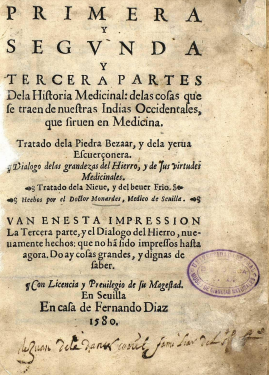
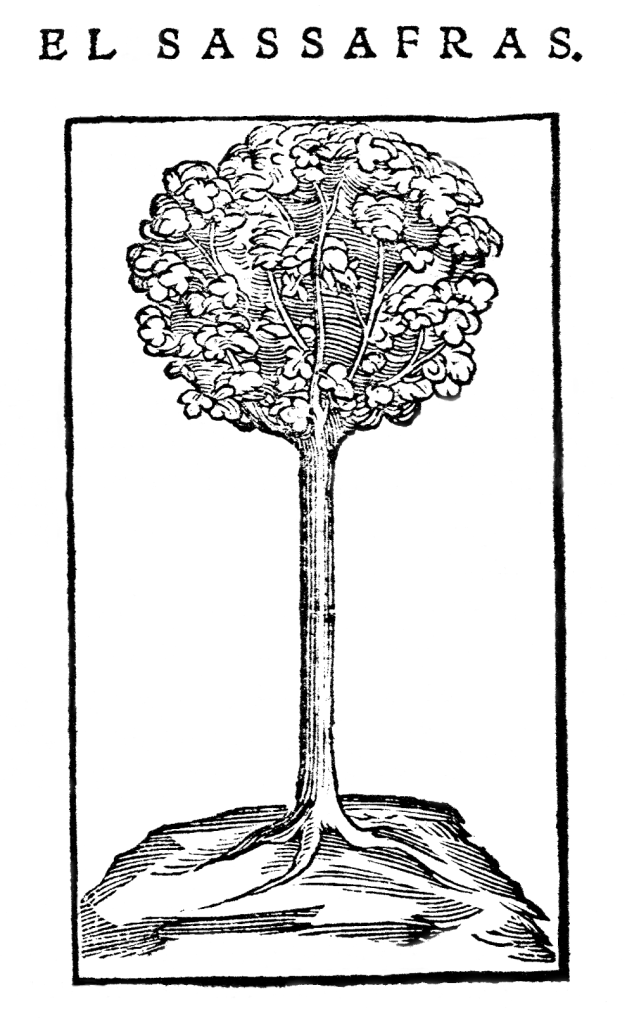
In 1574, Platin in Antwerp published Clusius first translation De simplicibus medicamentis ex occidentali India delatis quorum in medicina usus est. Plantin published a revised edition, Simplicium medicamentorum ex novo orbe delatorum, quorum in medicina usus est, historia, in 1579. In 1582, Clusius produced a compendium of revised translations of the work of Garcia de Orta, Nicolás Monardes, and Cristóbal Acosta, to who we will return shortly. A further revised edition appeared in 1593 and a last revision in 1605. In 1577, John Frampton, a sixteenth century English merchant, published an English translation of the 1565 Spanish text, Ioyfull newes out of the newe founde worlde, wherein is declared the rare and singular vertues of diuerse and sundrie hearbes, trees, oyles, plantes, and stones, with their applications, as well for phisicke as chirurgerie in London. A new expanded edition based in the 1574 Spanish text appeared in 1580.
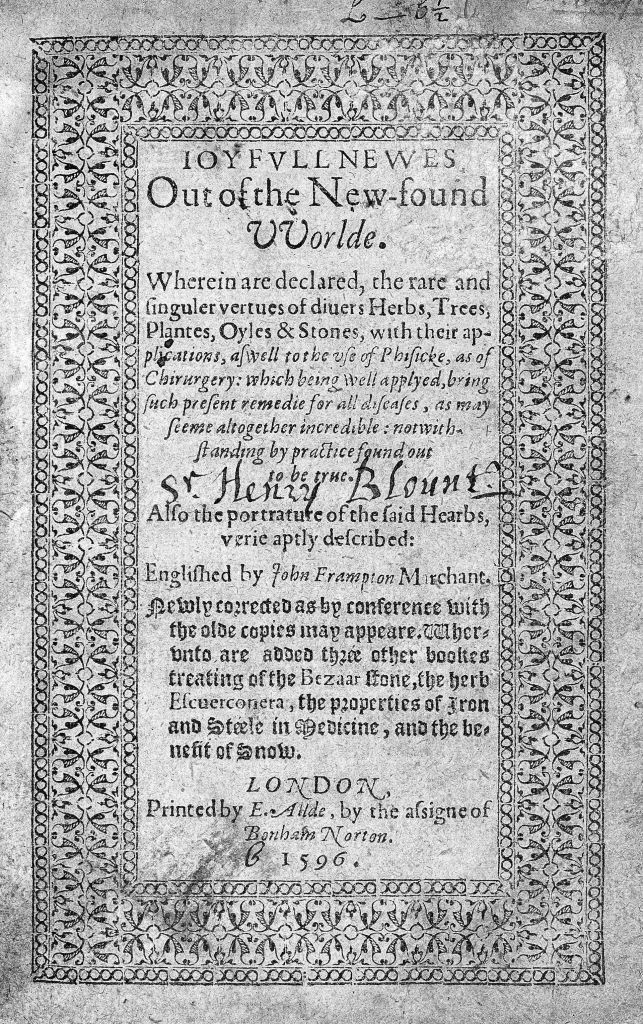
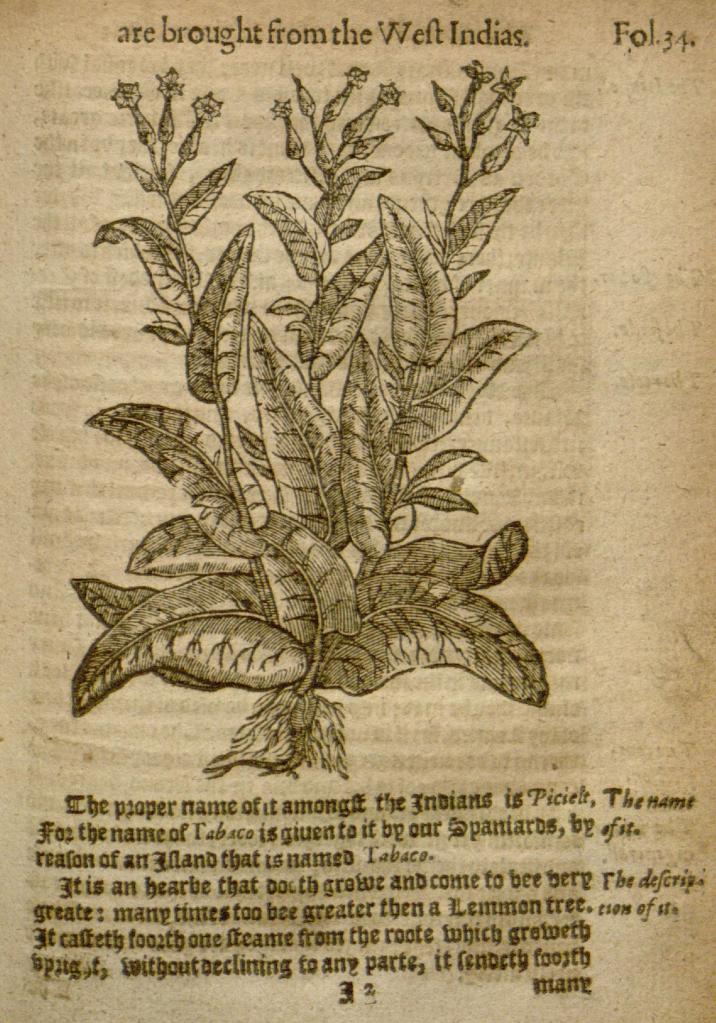
Before we turn to Acosta, we need to deal with Gonzalo Fernández de Oviedo y Valdés (1478–1557), who preceded him.
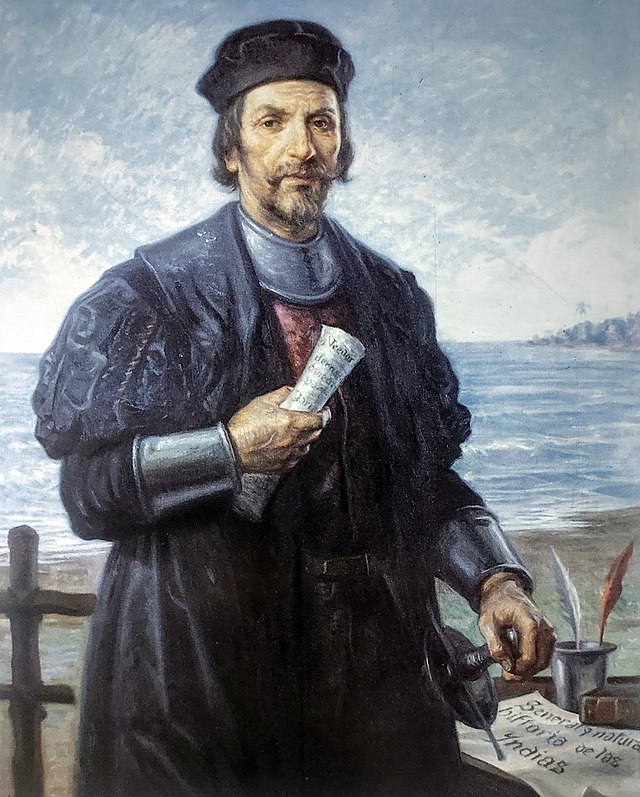
Oviedo was a Spanish, soldier, historian, writer, botanist, and colonist, who participated in the colonisation of the West Indies already in the 1490s. Born in Madrid, he was educated at the court of Ferdinand and Isabella, where he served as a page to the Infanta, Juan de Aragón, until his death in 1497. He then spent three years in Italy before returning to a position as a bureaucrat in the Castilian imperial project. In 1514, he was appointed supervisor of gold smelting in Santo Domingo and in 1523 historian of the West Indies. He travelled five more times to the Americas before his death.
In 1526, he published a short work, La Natural hystoria de las Indias, with few illustrations, in Toledo. It was translated into Italian appearing in Venice in 1534, with French editions beginning in 1545, and English ones beginning in 1555. In 1535, part one of a longer and more fully illustrated Historia general de las Indias was printed in Seville, which contained the announcement of two further parts. He continued to work on a revised version of part one and on parts two and three until his death in 1557, but they were first published in an incomplete edition in 1851 entitled, Natural y General Hystoria de las Indias. English and French editions of the 1535 Seville publication appeared in 1555 and 1556 respectively. The Saville publication is a ragbag of topics but contains quite a lot of both botanical and zoological information.
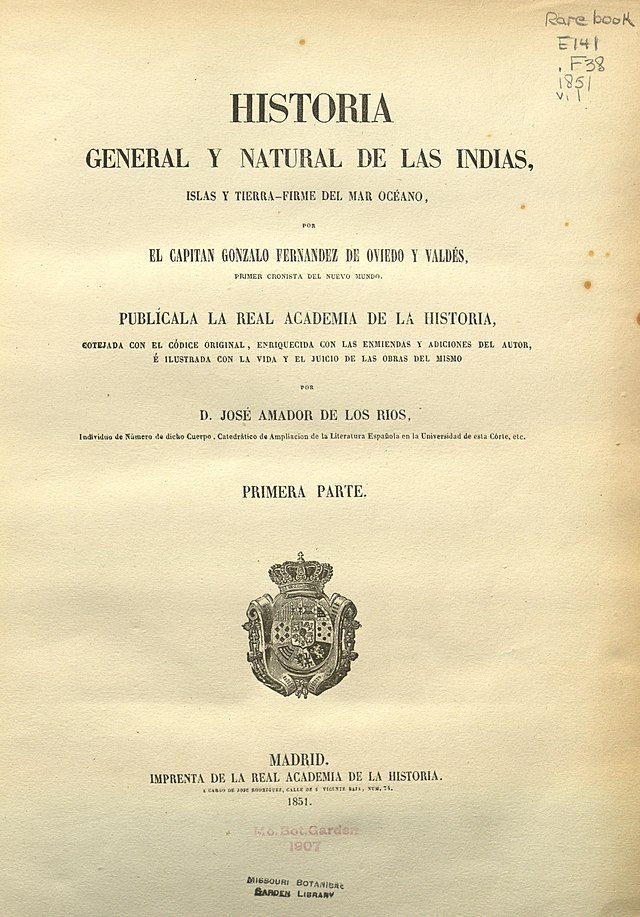
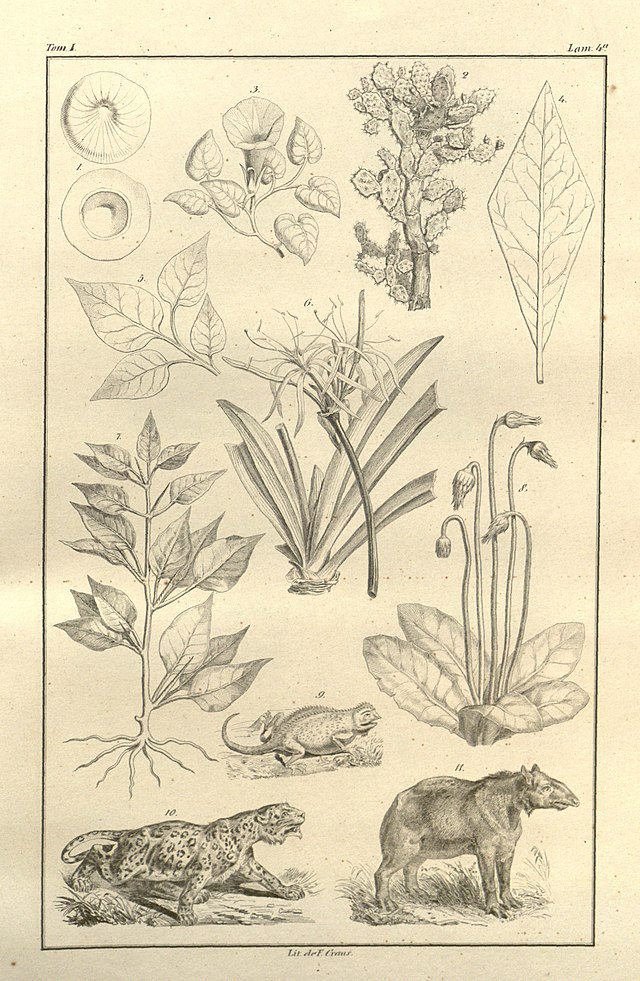
The Portuguese physician and natural historian, Cristóbal Acosta (c. 1525–c. 1594), whose work was partially included in Clusius’ 1582 compendium, is thought to have been born somewhere in Africa, because he claimed to be African in his publications.
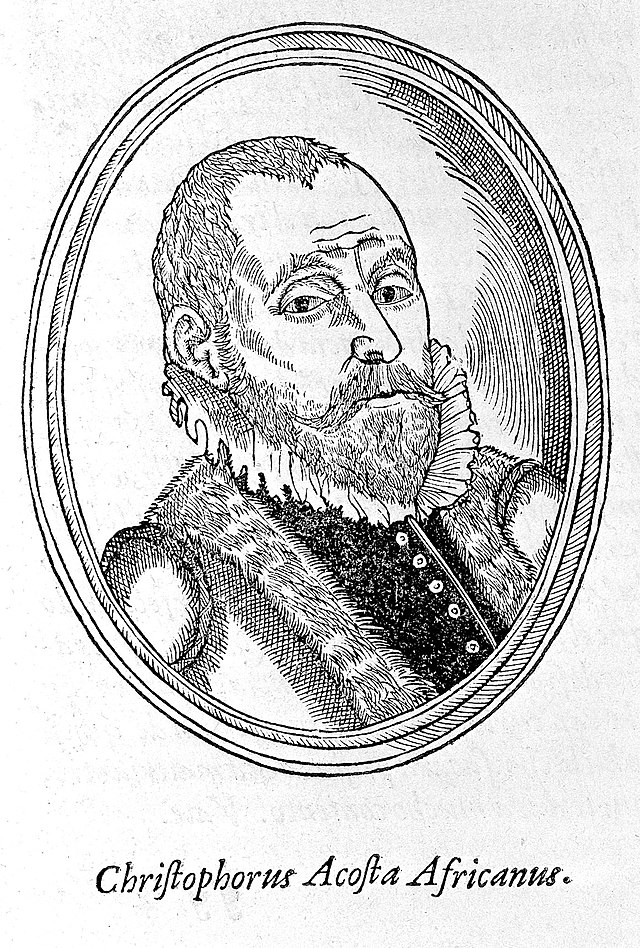
He first travelled to the East Indies, as a soldier, in 1550. He returned to Goa with his former captain, Luís de Ataíde, who had been appointed Viceroy of Portuguese India, in 1568, the year Garcia de Orta died. He worked as a physician in India and gained a reputation for collecting botanical specimens. He returned to Europe in 1572 and worked as a physician in Spain. In 1578, he published his Tractado de las drogas y medicinas de las Indias orientales (Treatise of the drugs and medicines of the East Indies). This work included much that was culled from Garcia de Orta’s Colóquios dos simples e drogas he cousas medicinais da Índia but became better known that Orta’s work. The last entry was a treatise on the Indian Elephant, the first published in Europe. The work was translated into Italian in 1585 by Francesco Ziletti.
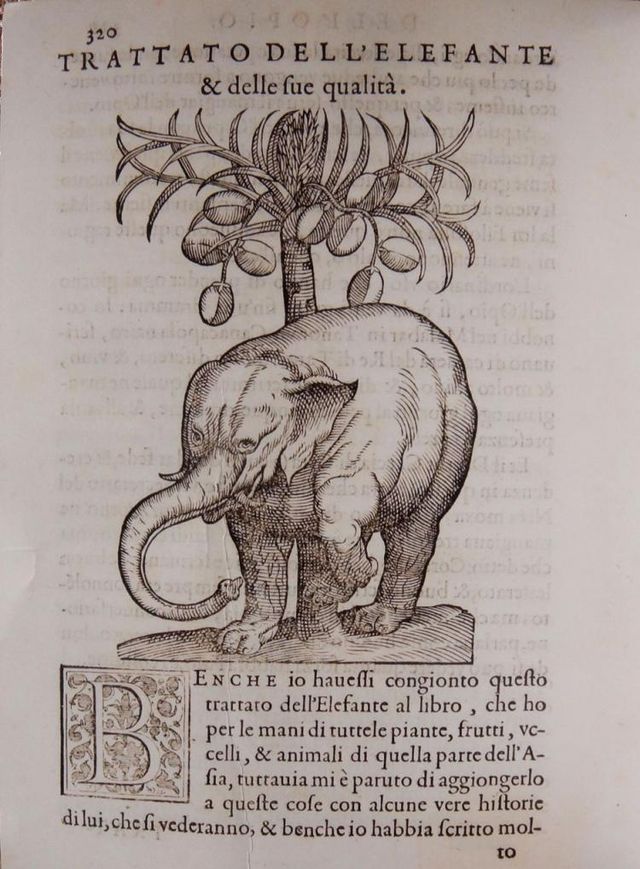
Source: Wikimedia Commons
Cristóbal Acosta is not to be confused with José de Acosta (c. 1539–1600), the Jesuit missionary and naturalist.
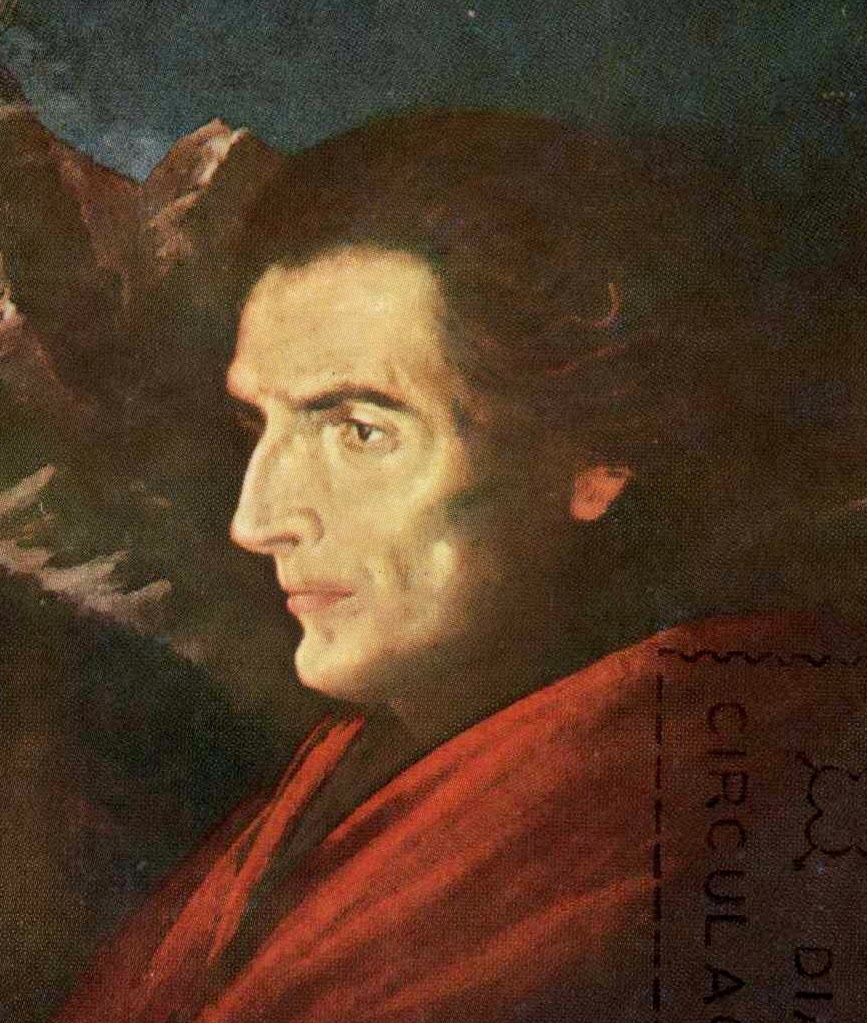
Born in Medina del Campo, Spain José de Costa joined the Jesuit Order at the age of thirteen. In 1569, he was sent by the Order to Lima, Peru. Ordered to cross the Andes to journey to the Viceroy of Peru, he and his companions suffered altitude sickness; Acosta, as one of the earliest to do so, gave a detailed description of the ailment, attributing it correctly to “air… so thin and so delicate that it is not proportioned to human breathing.” Acosta aided the Viceroy in a five-year tour through the Viceroyalty of Peru, seeing and recording much of what he experienced. He spent the year of 1586 in Mexico studying the culture of the Aztecs. In 1587, he returned to Spain. He published many, mostly theological, works in his lifetime but is best known as the author of De Natura Novi Orbis, De promulgatione Evangelii apud Barbaros, sive De Procuranda Indorum salute (both published in Salamanca in 1588) and above all, the Historia natural y moral de las Indias(published in Savile in 1590).
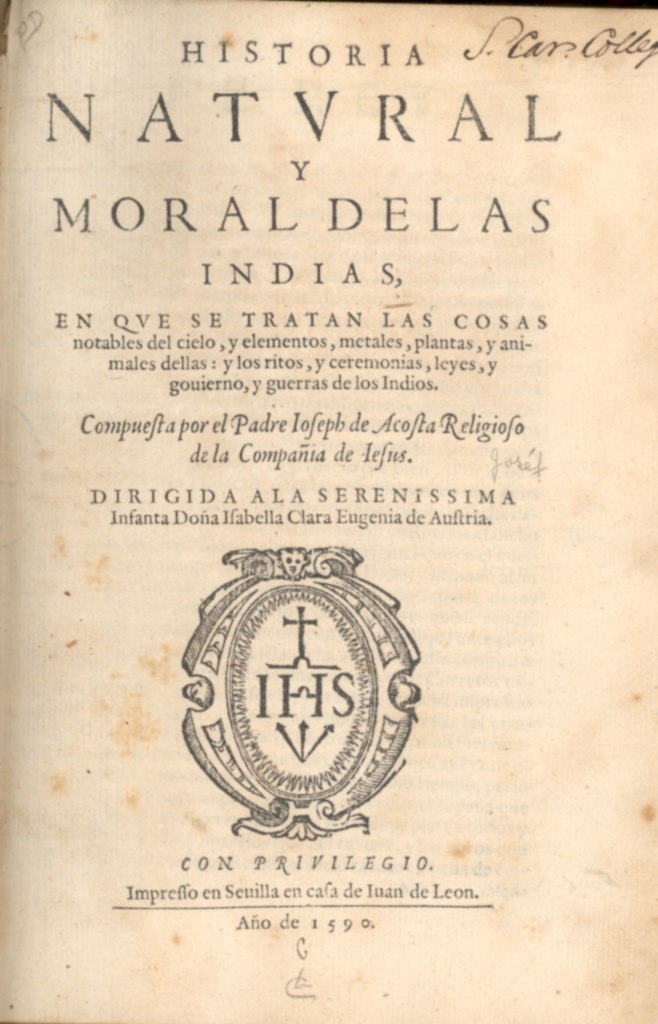
In his Historia natural y moral de las Indias he presented his observations on the physical geography and natural history of Mexico and Peru as well as the indigenous religions and political structures from a Jesuit standpoint. His book was one of the first detailed and realistic descriptions of the New World. Acosta presented the theory that the indigenous populations must have crossed over from Asia into the Americas. The work was translated into various European languages, appearing in English in 1604 and in French in 1617.
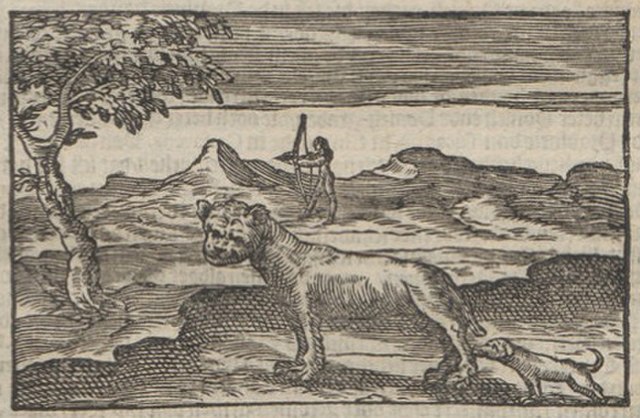
It should be noted that just as the early Renaissance natural historians in Europe relied, to a great extent, for their information on plants, herbs and animals on farmers, hunters, foresters, and others who lived and worked on the land, so the Europeans studying the materia medica and natural histories of Asia and the Americas depended very heavily on the information that they received from the indigenous populations. This was particularly the case in the next natural historians that I will briefly present.
Bernardino de Sahagún (c.1499–1590) was born Bernadino de Rivera in Sahagùn in Spain and attended the humanist University of Salamanca and there joined the Franciscan Order, changing his name to that of his birthplace, as was the Franciscan custom, and was probably ordained in 1527. He was recruited in 1529 to join the Franciscan mission to New Spain.
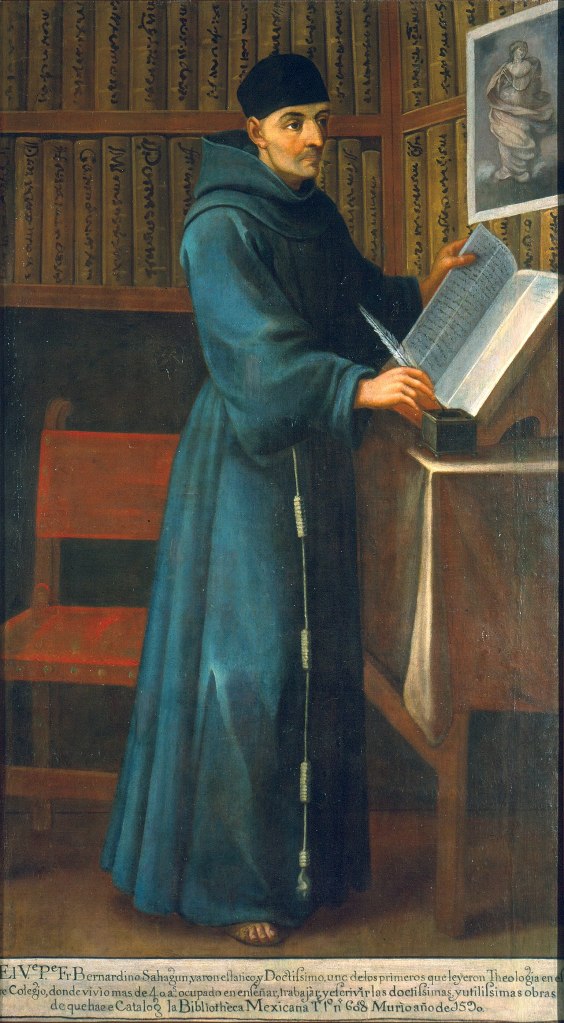
He helped found the first European school of higher education in the Americas, the Colegio Imperial de Santa Cruz de Tlatelolco in 1536. He learnt the Aztec language Nahuatl in order to be able to confer with the indigenous population about materia medica and natural history. In 1558, he was commissioned by the new provincial of New Spain, Fra Francisco de Toral, to formalise his studies of native languages and culture. He spent twenty-five years researching the topic with the last fifteen spent editing, translating, and copying. He was assisted in his research by five graduates of the Collegio, all of whom spoke Nahuatl, Latin, and Spanish, and as well as helping him to interview the elders about the religious rituals and calendar, family, economic and political customs, and natural history, also participated in research and documentation, translation and interpretation, as well as painting the illustrations. In the text he credited them for their work by name.
Out of this research Sahagún created a twelve volume General History of the Things of New Spain, the manuscript was sent to Philip II of Spain. It was never printed, and the manuscript was bought by Ferdinando de’ Medici, Grand Duke of Tuscany, in 1580. He put it on display in the Uffizi Gallery in Florence and it is generally known as the Florentine Codex. The volume that deals with natural history is titled Earthly Things and is the most heavily illustrated, containing paintings of thirty-nine mammals, one hundred and twenty birds and more than six hundred flowers. The hundreds of New World plants listed in the Florentine Codex are presented according to an Aztec system of taxonomy. The Aztec divided plants up into four main groups: edible, decorative, economic, and medicinal.
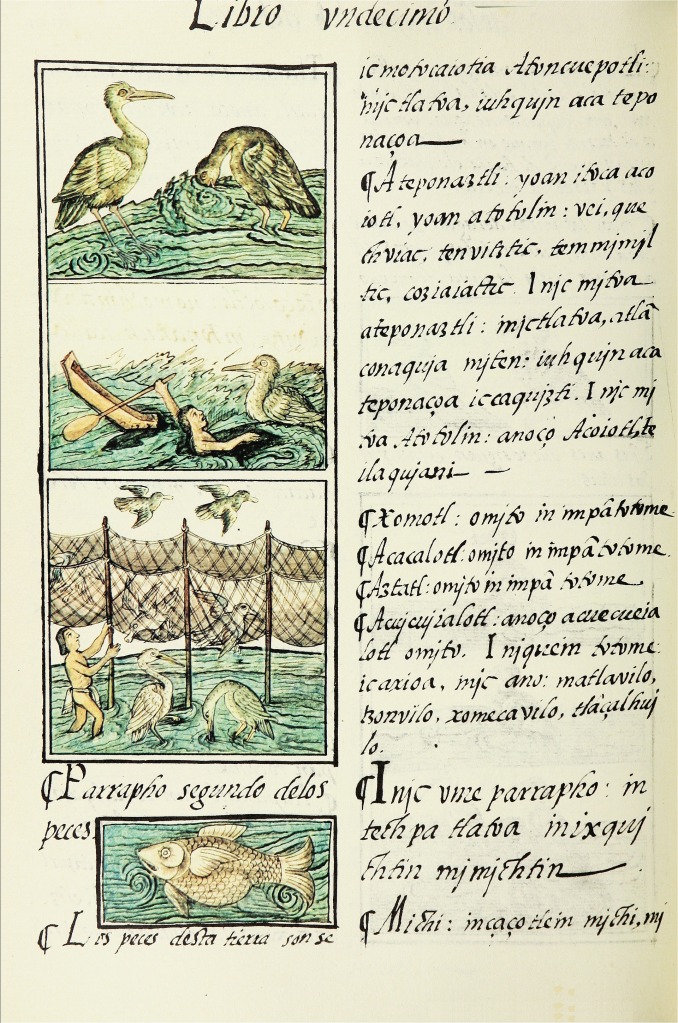
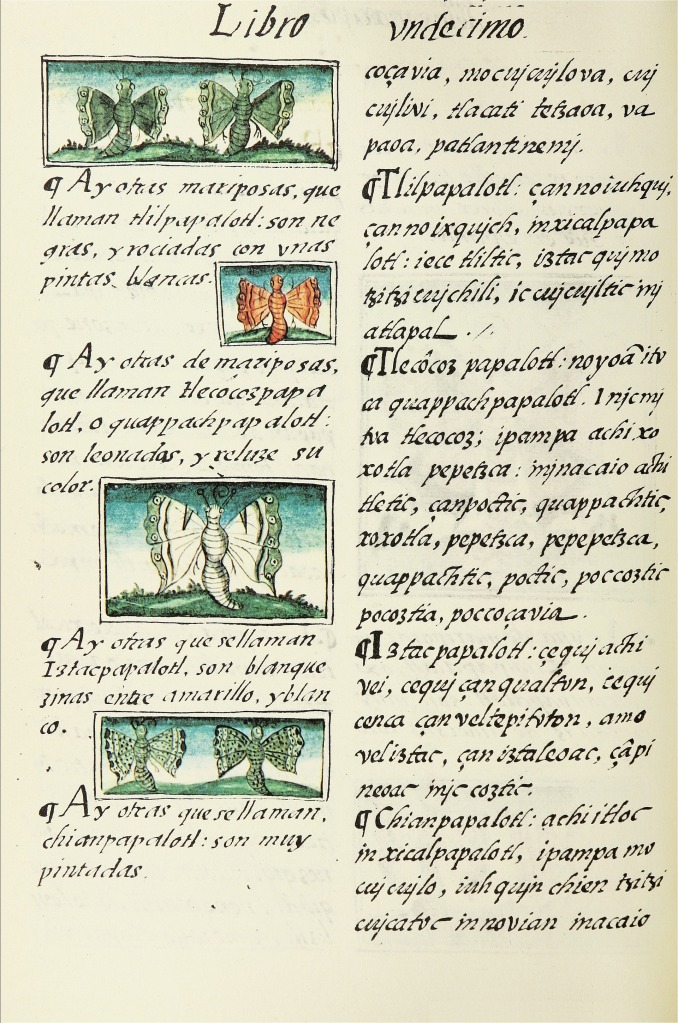
Sahagún’s Historia general was not the only book on indigenous materia medica to emerge from the Colegio Imperial de Santa Cruz de Tlatelolco. In 1552, a native graduate, Martín de la Cruz wrote a Libellus de Medicinalibus Indorum Herbis (Little Book of the Medicinal Herbs of the Indians) in Nahuatl, which was translated into Latin by Juan Badianus de la Cruz (1484–later than 1552) an Aztec teacher at the Collegio. The original Nahuatl manuscript no longer exists. The manuscript is a compendium of two hundred and fifty medicinal herbs used by the Aztecs. The Latin manuscript sent to Spain changed hands many times over the years before landing in the Vatican Library. In 1990, it was returned to Mexico, where it now resides in library of the National Institute of Anthropology and History in Mexico City.
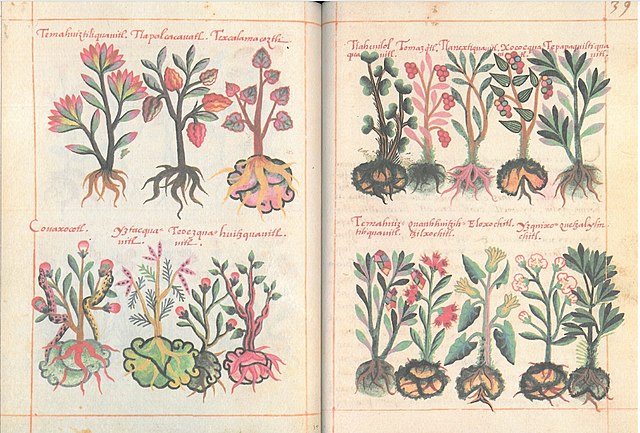
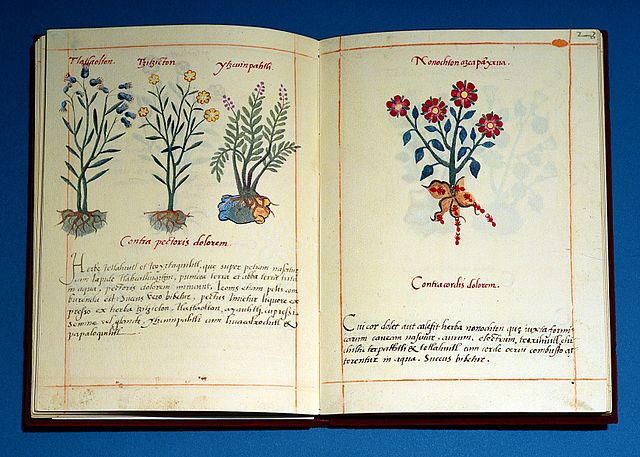
In the seventeenth century copies of the manuscript were made by Cassiano dal Pozzo (1588–1657) and Francesco Stelluti (1577–1652), both members of the Accademia dei Lincei. The Dal Pozzo copy in now in the Royal Library at Windsor but the Stelluti copy has disappeared.
For many years, Ulisse Aldrovandi hoped to get a commission from the Spanish Crown to study the natural history of New Spain but in the end, King Philip II sent his personal physician, Francisco Hernández de Toledo (1514–1587) there to study the medicinal plants and animals.
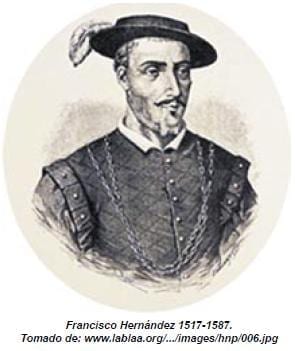
Of Jewish extraction, he studied medicine at the University of Alcalá from 1530 to 1536 and was connected with the leading scholars of the period. In the area of botanical studies, he won a good reputation for his study of the medical effectivity of plants and his translation into Spanish of Pliny’s Naturalis historia. In 1570, Francisco Hernández shipped out to the Americas accompanied by his son Juan, and the cosmographer Francisco Domínguez, who had been commissioned by the king to map New Spain.
Like Sahagún he learnt Nahuatl and acquired most of his knowledge by interviewing the indigenous population. He was accompanied in his work by three Aztec painters– baptized Antón, Baltazar Elías, and Pedro Vázquez–who provided the illustrations for his work. His work describes over three thousand plants unknown to Europeans, an incredible number when one considers that Dioscorides’ Materia Medica only contains about five hundred. Hernández sent at least sixteen bound volumes of manuscripts back the Philip before he returned in 1577. Theses were three volumes of twenty-four books on plants, one volume of six treatises on animals, eleven volumes of coloured illustrations, and at least one volume of dried plant specimens, there may have been more.
As with Sahagún, there were problems when it came to the publication of his work. He intended to publish three editions, one in Spanish, one in Latin, and the third in Nahuatl for the indigenous population of New Spain. However, his voluminous material was in a mess, and he was unable to complete the mammoth task that he had undertaken, so the book remained unpublished in his lifetime. Philip II placed the manuscript in the library of the Monasterio y Sitio de El Escorial en Madrid (Royal Site of San Lorenzo de El Escorial), where it was destroyed in a fire in 1671.
In 1580, Nardo Antonio Recchi (1540–1594) was appointed Hernández’s successor as Philip’s personal physician and took on the task of trying to bring order into Hernández’s chaos. Recchi produced a four-volume edition of Hernández’s work and Juan de Herrera (1530–1597), the architect of El Escorial began the process of preparing it for publication in 1582. However, by the time of his death in 1587 little progress had been made and the project died with him. However, Recchi had taken a copy of his manuscript back to Naples with him and it became the grail for all of the European natural historians, including, Giovanni della Porta, Ulisse Aldrovandi and Carolus Clusius, were eager to study the treasures that Hernández had brought back from the New World.
Part of Hernández’s work, the Index medicamentorum, an index that lists Mexican plants according to their traditional therapeutic uses, was published in Mexico City; the index was arranged according to body part, and it was ordered from head to toe. A Spanish translation appeared as an appendix to the medical treatises of Juan de Barrios (1562–1645) in 1607.
A Spanish translation of Recchi’s four-volume edition was prepared by Fra Francisco Ximénez with the title, Quatro libros de la naturaleza y virtudes de las plantas y animales and published in Mexico City in 1615.
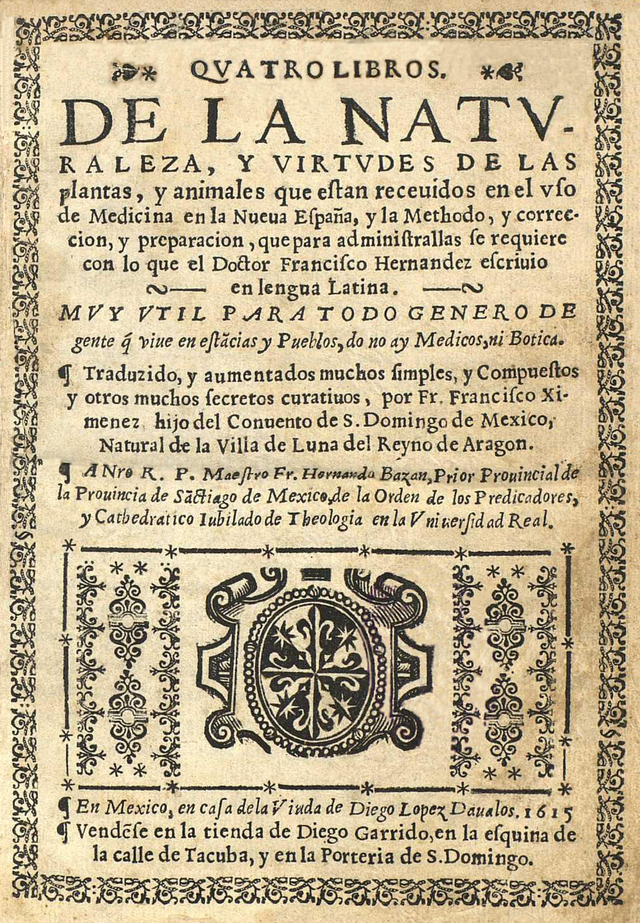
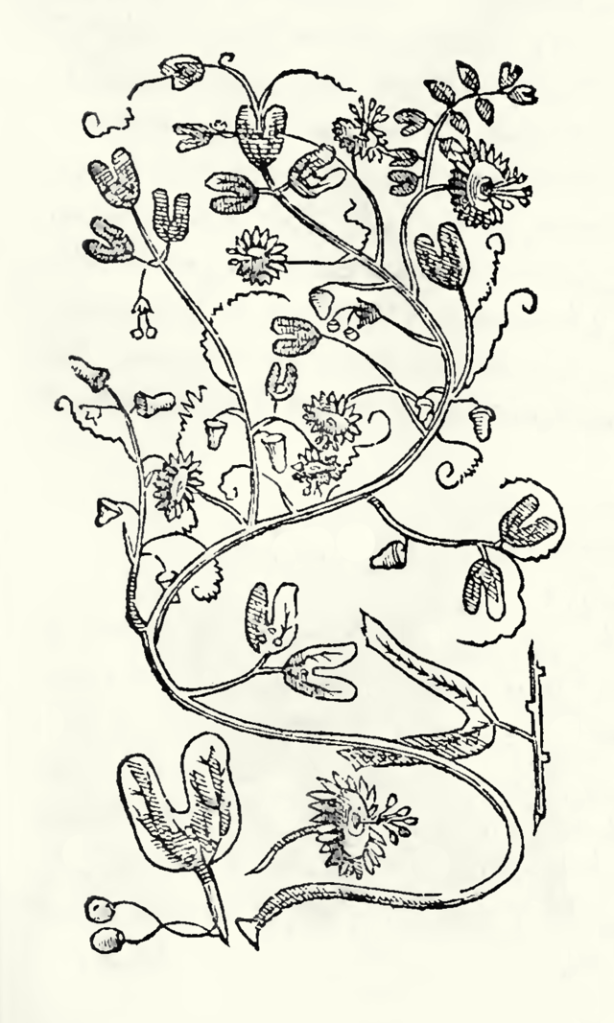
The Accademia dei Lincei under the leadership of Prince Federico Cesi (1585–1630) took up the task of publishing a Latin edition of Recchi’s work. A partial, heavily redacted edition under the title Francisci Hernandez rerum medicarum Novae Hispaniae Thesaurus appeared in print in 1628, however the project was laid on ice when Cesi died in 1630. Finally, a complete Latin edition of Recchi’s four volumes, edited by Johannes Schreck (1576–1630) and Fabio Colonna (1567–1640), was published in Rome, including material from Hernández’s original manuscripts not used by Recchi, with the title, Nova plantarum, animalium et mineralium mexicanorum historia a Francisco Hernández in indis primum compilata, de inde a Nardo Antonio Reccho in volumen digesta (1648–51)
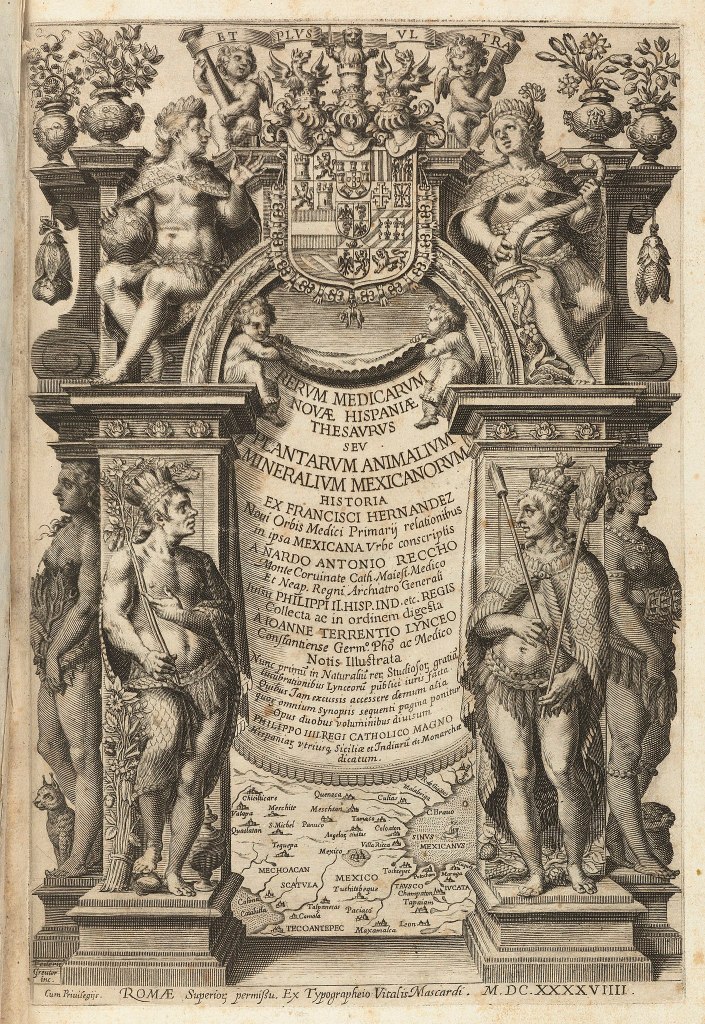
Of course, what I have sketched above was only the beginning of the European awareness of the natural history of the world outside of Europe and down to the present-day thousands of research expeditions by scientists from all other the world have continued to add to our knowledge of the extraordinary diversity of flora and fauna on our planet.